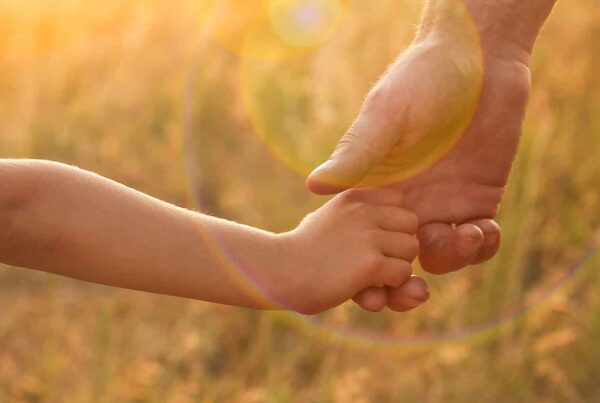Peer pressure comes from the need to belong or the need to avoid exclusion. This pressure can come from a person, a peer group, a community, or a society. We humans feel safest when we are connected to our important people or groups. Sometimes, the need to belong can be so great, that any threat of exclusion from the ‘pack’ can be strong enough to sway our children (or any of us) into making decisions that aren’t right for them.
We want them to be brave in claiming their voices and standing their ground when they need to. We want them to feel the power of their ‘no’ and ‘yes’, and to use both wisely and with strength. But we won’t teach this by telling them. We will teach it by showing them.
Children will first experiment with the power and validity of their own mind, thoughts and opinions on their important adults first.
If we want our children to be able to claim their own minds and their own voices, we first have to create a safe space for them to experiment with that.
They will refuse us, defy us and disagree with us. Sometimes this will be brutal. Sometimes there will be raised voices and words that aren’t so… adorable. But like so many other skills and qualities we want to nurture in our children, claiming their voices and protecting their boundaries will take time to master. Most importantly they will take experience. If we shut our children down, override their decisions, or close space for disagreement, we squander precious opportunities to grow them.
Armouring Children Against Peer Pressure
To armour children against the negative effects of peer pressure, it’s also important that we acknowledge how difficult it can be to resist pressure from peers. Let them know they aren’t alone on this by sharing stories from your own world or when you were younger.
Give them permission not to like and permission not to be liked. They need to be kind, but it’s always okay for them to go their own way – sometimes it’s the bravest thing they can do. Letting go of friends can be difficult, but letting go of friends who aren’t right for them creates space for the friends who are. This will be easier if they have other friendship groups outside their main group. Wherever you can, support their participation in activities outside of school. This will help to build different sources of belonging and dilute their dependence on a particular group.
Encourage your child to be curious about how they feel around their friends.
What good things do their friends bring out in them? Do they feel good to be around? Not so good? What does your child feel like when they aren’t around that friend? Secure? Insecure?
Ask them to pay attention to ‘that little voice’ inside them. It’s intuition, and it’s a collection of all the learnings, experiences and wisdom that we’ve been exposed to, but which we don’t always hold in our awareness. When they get a feeling that something isn’t quite right, this is that wisdom talking. Listening to it can be hard, but so brave.
We can expand their capacity for healthy decisions, and for acting on their inner wisdom by making a safe, warm, loving space for them to explore and talk – free from judgement, lectures, or direction. The more we let them explore their own thoughts and feelings in a safe space with us by their side, the more we increase their capacity to do it on their own.
To hear more from Karen Young on this topic, tune into Episode 93 of the PakMag Parents Podcast.
To find out more about Karen and Hey Sigmund head to www.heysigmund.com





